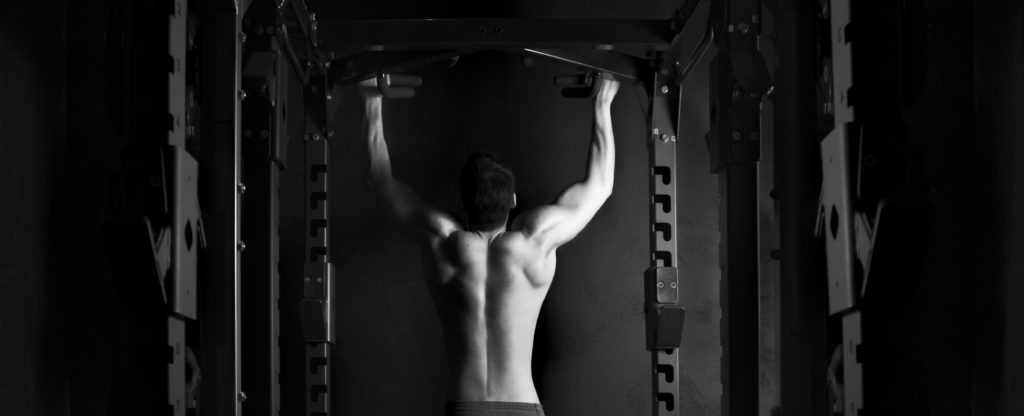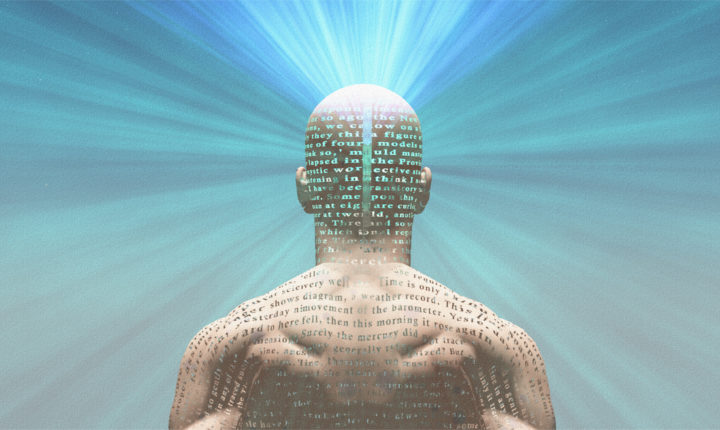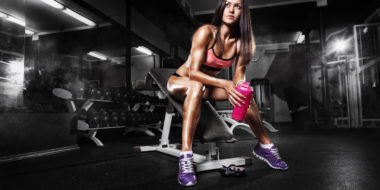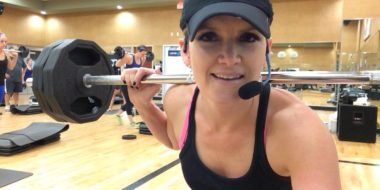
How often have you heard people say something at the gym like the following? “Time to work the chest!” “It’s arm day – gonna work the bi’s and tri’s.” “Oh boy – leg day!” Okay, nobody says the last one. But many of us tend to structure our workouts around body parts – arms, legs, shoulders. But what about our brain? How many of us think about the role our nervous system plays in movement? All right, I need you all to stay with me here because I’m not asking you to add a brain day to your chest, back, and arm days.
What I am asking you to do is consider why you work out and whether working body parts is actually going to achieve the goal that you want. If you’re a competitive bodybuilder, then yes, looking at your muscles from a micro perspective – e.g. front, middle, and rear deltoids – is vital. But how many of you are competitive bodybuilders? What if your goal is to lose 20 pounds and 3% body fat? Will working your arms help? Yes, a little but not nearly as much as doing total body, multi joint movements like wall balls or burpees (yes, I used the B word). What if your goal is to improve your golf game or do better in your rec softball league? I suggest you look at the top athletes in your sport of choice and ask yourself, “Do the best pitchers have the biggest biceps?” or “Do the best golfers have thick traps?” What if your goal is simply to be strong and lean? Do the strongest and leanest people you know do a lot of isolation work of their muscles or do they do a lot of total body, complex movements like squats or box jumps?

So how does the nervous system play into this? Okay, a little science: Your nervous system is made up of your central nervous system (CNS), which consists of the nerves in your brain and spinal cord, and the peripheral nervous system (PNS), which consists of the nerves that feed the rest of your body. These systems control the voluntary and involuntary nervous systems. The involuntary nervous system governs functions like respiration, heart rate, and digestion. The voluntary nervous system controls our movement. This is the part I’m talking about training. (Source: PubMed Health)
Have you ever seen that guy in the gym who isn’t very big but somehow is able to move more weight than seems possible? (I like to be that guy). Have you ever wondered how a diminutive pitcher like Tim Lincecum can throw a baseball so hard or how a 5’9” Rory McIlroy can be the longest driver on tour? (Source: pgatour.com). The answer lies in the fact that true strength and power involves far more than muscle. If we know that the voluntary nervous system governs movement, we know that movement starts in the brain. We conceptualize the movement we want to create, whether it be throwing a ball or pressing a barbell overhead, and our brain sends signals through our nervous system to the various body parts involved in the movement to fire in a specific sequence. The more finely tuned that process, the more efficient the movement.
“What you think, you become.” – Buddha
Here’s where how we train determines how well we move. People who move weights on a machine or run on a powered treadmill tend to get good at moving weights on a machine and running on a powered treadmill. Athletes who train their nervous system to fire muscles in the correct sequence tend to become really good at movement. When we practice a movement, we are training our neuromuscular system (the combination of our nervous system and muscles working together). The problem is that your neuromuscular system remembers the pattern you repeat, good or bad. The noted exercise expert Paul Chek talks about how many people learn a dysfunctional neurological pattern in movement and when they train, they simply drive that dysfunctional pattern deeper into the system, making it much harder to learn a more efficient movement pattern.

Here’s an example I encounter with clients: many people want to be able to execute pull-ups and with good reason, since a pull-up is a basic and highly functional movement that can help you in everything from rock climbing to pulling a child in a wagon. But relatively few people can execute an unassisted pull-up. But why? Are we all hopelessly weak? I’ve found that the answer lies in the fact that almost every client I’ve worked with has learned a dysfunctional pulling pattern (I know this because I was one of those people). Because we do so many everyday activities with our hands, we tend to think of the pulling motion as something that starts with the hands and moves to the arms. Over and over I see people squeezing the pull-up bar with a death grip and tensing their arms in a vain attempt to pull themselves up. The correct pulling pattern – and one that we see all other primates like chimpanzees and orangutans effortlessly demonstrating – starts with the large, powerful latissimus dorsi muscles in our back, with our arms and hands acting simply to assist in the movement. Once a correct neuromuscular pattern is learned, the pull-up becomes relatively easy.
“Most exercise and performance programs assume the current level of physiology and metabolism limits power, but what about the neuromuscular system? Maybe that could be the limiting factor. Could each of us be walking around with untapped power?” – Gray Cook
The answer to the question posed by Gray Cook, one of our country’s foremost movement experts, is YES. You have vast reserves of untapped power in your body that can be unlocked by training your neuromuscular system the right way. I suggest you find a fitness professional who teaches movement, rather than a trainer who simply builds muscle, and I think you’ll be surprised by the athleticism you never knew you had. Happy brain training!
Related Posts
« The Modern Gladiator Man MasterMind Chamber: How to Develop a Powerful Network »














